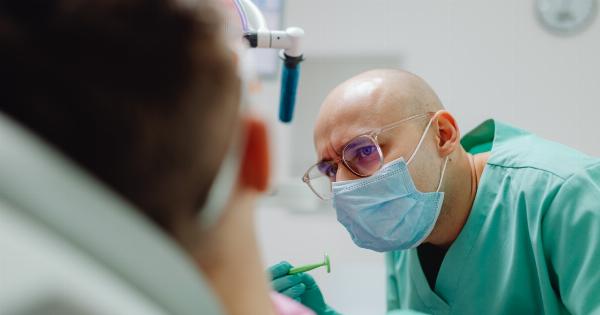Bladder control issues, also known as urinary incontinence, can be embarrassing and affect your daily life.
But it’s important to know that this condition is common, and there are treatments available for people who struggle with controlling their bladder. However, it can be tricky to know when to seek medical help. Below, we’ll discuss the different types of bladder control issues and when it’s time to see a doctor.
Types of Bladder Control Issues
- Stress incontinence: This type of incontinence occurs when you put pressure on your bladder, such as when you sneeze, laugh or exercise.
- Urge incontinence: This type of incontinence occurs when you have a sudden and intense urge to urinate, and you might not make it to the bathroom in time.
- Overflow incontinence: This type of incontinence happens when your bladder doesn’t empty completely, and it constantly drips or leaks.
- Functional incontinence: This type of incontinence occurs when you have a physical or mental issue preventing you from getting to the bathroom in time, such as dementia or arthritis.
If you are experiencing any of these symptoms, it could be a sign of underlying bladder control issues. While some people try to manage these symptoms on their own, others need to seek medical help.
When to Seek Medical Help
It’s essential to seek medical attention if you are experiencing any of the following:.
- Recurring bladder control problems that interfere with your daily life
- Painful urination or blood in your urine
- Loss of bladder control after surgery or injury
- New onset of incontinence
- Incontinence that is severe and getting worse
- Difficulty emptying your bladder
If you are experiencing any of these symptoms, you should schedule an appointment with your healthcare provider as soon as possible. Incontinence can be a sign of an underlying medical condition that needs to be addressed.
How Can a Doctor Help?
When you visit your healthcare provider, they will likely start with a physical exam and a medical history review. Your doctor may also ask you about your current symptoms, when they started, and what makes them worse or better.
They may also perform laboratory tests or imaging studies to rule out underlying medical issues.
Based on the results of these tests, your doctor will make a diagnosis and recommend a course of treatment. Depending on the severity and type of incontinence, treatment options may include:.
- Lifestyle changes: Your doctor may recommend changes to your daily habits, such as avoiding bladder irritants like caffeine and alcohol, doing pelvic floor exercises, and maintaining a healthy weight.
- Medications: There are several medications that can be used to treat incontinence, such as anticholinergics, mirabegron, and imipramine. These medications can help calm an overactive bladder or increase the bladder’s capacity.
- Medical devices: In some cases, your doctor may recommend a medical device to help manage incontinence, such as a urethral insert or pessary.
- Surgery: In severe cases of incontinence, surgery may be necessary to strengthen the muscles and tissues that support the bladder.
Conclusion
Bladder control issues can be frustrating and embarrassing, but they are treatable. It’s important to know the signs of incontinence and when to seek medical help.
Your healthcare provider can help you determine the underlying cause of your symptoms and recommend a course of treatment that meets your needs. Don’t be afraid to speak up about these issues; help is available.





























